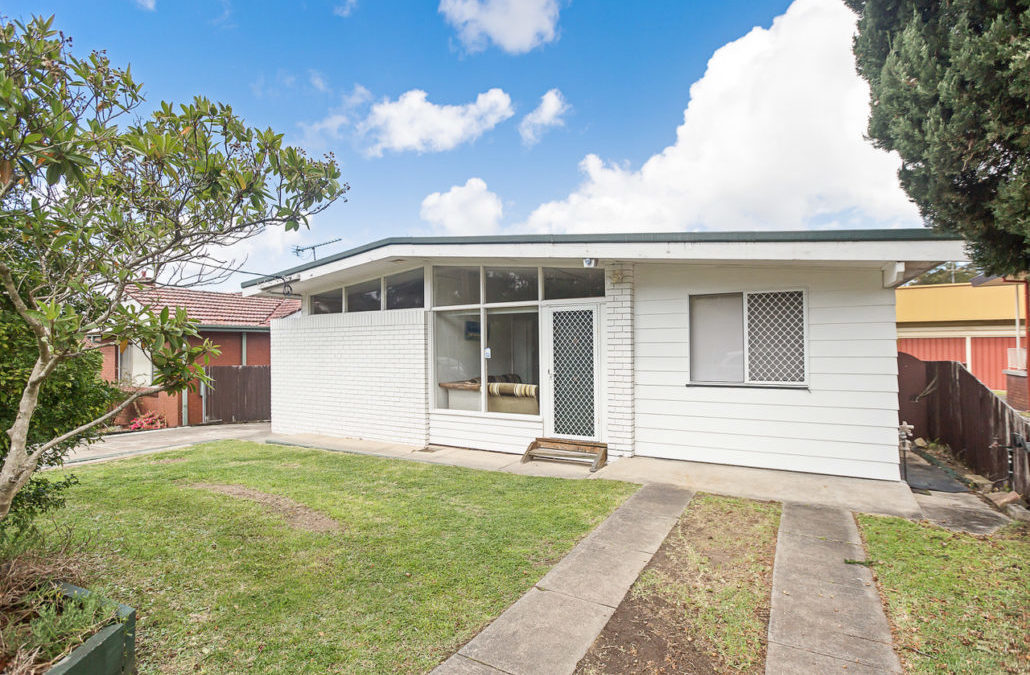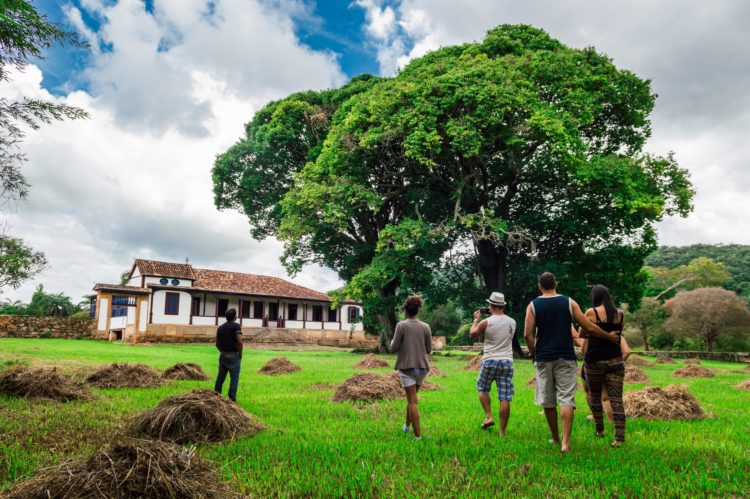Without doubt the one word that universally freaks out most potential purchasers is asbestos. We have all heard terrible stories of people developing cancer and dying from its poisoning. The reality is though, that there would be few homes in Newcastle (besides those built in the last 30 years) that don’t have it.
I recently had a buyer pull out of a sale in Mayfield when they discovered that the laundry floors contained it. No doubt they went on to buy another home where an agent told them (falsely) that there was no asbestos. I met Ryno a couple of months ago when doing a house inspection. His passion for educating people about asbestos meant I just had to ask him some questions.
What is asbestos? Are there different types?
Asbestos is a natural mineral found in rock formations that is mined. It is predominantly invisible to the naked eye. The most common types of asbestos mined in Australia are Chrysotile (white), Amosite (brown) and Crocidolite (blue).
Asbestos cement materials were first manufactured in Australia in the 1920s and were used in the residential building materials from the mid-1940s until the late 1980s.
Which homes are at risk from asbestos?
Homes most at risk are those built before the mid 1980’s. However, it wasn’t illegal to use or build with until 2003.
How can you tell if a house has asbestos?
It’s estimated that one-third of homes in Australia contain asbestos. If you want to purchase a property but are concerned that it might contain asbestos, do your due diligence and get a building inspection report. But check to see if the property inspector can specifically test for asbestos.
It’s not possible to find out if a material contains asbestos just by looking at it. The most accurate way is to have samples taken and put under a microscope by a NATA accredited company. The main goal of asbestos testing is to provide enough insight to the property owner regarding where the asbestos is and how much of it exists so that the correct plan and decision can be made.
Where in a house can you find asbestos?
The most common areas are wet areas such as bathrooms and laundries. However you can also find it in your subflooring, roof, fireplaces, external walls and/or eaves, window putty, electrical box back boarding, carpet underlay and outdoor shed.
What health risks are associated with asbestos?
Asbestos poses a risk to people when asbestos fibres are breathed in. They lodge in the lungs and can cause inflammation, scarring and more serious asbestos related diseases.
Most commonly it causes respiratory problems asbestosis and cancers, e.g. lung cancer and mesothelioma and at this stage, there are no cures. Keep in mind that it takes a number of years for it to start displaying the signs so don’t be complacent because it doesn’t affect you straight away.
It’s estimated that one-third of homes in Australia contain asbestos. If you want to purchase a property but are concerned that it might contain asbestos, do your due diligence.
Is it safe to live in a home with asbestos?
In normal circumstances, the risk to householders from asbestos is very low. If the house contains bonded asbestos products that are in good condition, it is best to leave them alone but check them from time to time for any signs of damage or deterioration. Normally, if the asbestos sheeting has not been disturbed and protected by paint then it will be fine to live in the house.
If you are not sure if a product in your house contains asbestos and looks damaged, play it safe and assume that it does. Get advice from an asbestos consultant or have the product tested at a laboratory as soon as possible to lower the risk of exposure.
What risks are there if I want to do some DIY renovation?
During renovations or demolition of affected houses, asbestos fibres may be released into the air. The removal of asbestos during major renovations or demolitions of buildings and structures needs to be supervised by qualified and licensed asbestos removalists in order to prevent the release of asbestos fibres into the surrounding neighbourhood.
The risks involved are large fines if you remove over 10m2 of it yourself and ultimately the health risks which have been discussed possibly claiming your life or the life of your partner and/or child/ren
Where can I find more information about asbestos?
Contact Ryno’s Asbestos Removal or Safe Work NSW website. For information about the medical risks of asbestos, visit Australia Government Department of Health website.
If you have further questions about asbestos, feel free to contact Ryan (Ryno) Nolan from Ryno’s Asbestos Removal on 0404 004 059.
*We have prepared this document about asbestos and used our best endeavours to ensure the accuracy of all information. We accept no liability or responsibility for any errors or inaccuracies and we recommend that all recipients seek professional advice and guidance about the detection and removal of asbestos in their property.
Heading here lorem ipsum dolor sit amet?
Ehenimus, ium quas volore parcid et rem que vendestio quis cus eum. Lorem ipsum dolor sit amet, consectetur adipiscing elit. Quisque id felis id tellus efficitur maximus at sed diam. Etiam hendrerit aliquam sem eu dignissim. Nulla rutrum turpis non est condimentum, dignissim tristique nisi luctus. Nulla tincidunt nisl est, eget imperdiet felis porttitor vitae.


